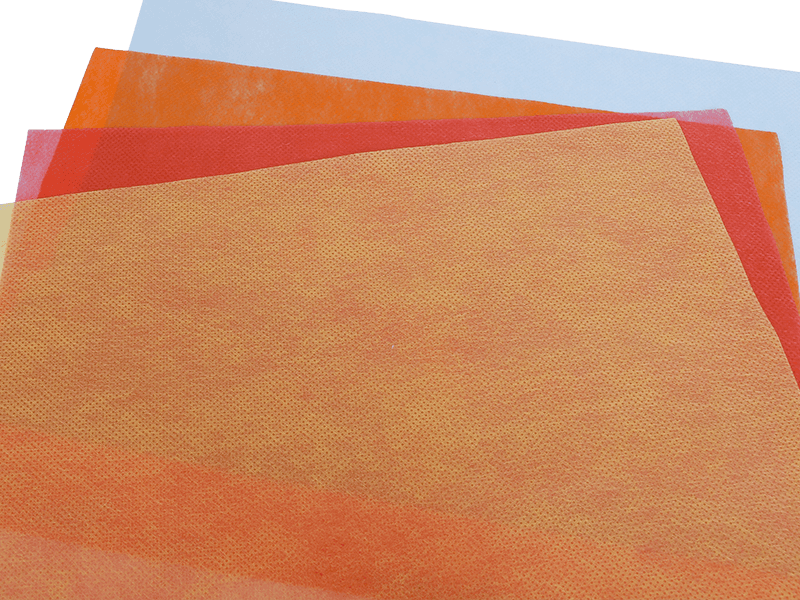As a common nonwoven material,
PP nonwoven fabric plays an important role in various applications. However, its breathability is one of the important factors affecting its suitability. This article will take an in-depth look at the breathability of PP nonwoven fabric and its impact on some specific applications.
Breathability refers to the ability of a material to allow air and water vapor to pass through. In many cases, the breathability of PP nonwoven fabric is one of its advantages. For example, in medical applications, breathability properties can ensure patient comfort when wearing medical masks or surgical gowns and effectively reduce excessive sweating. In addition, breathability helps reduce patient discomfort when wearing medical garments for extended periods of time.

In the agricultural field, the breathability of PP nonwoven fabric also plays an important role. For example, a well-breathable covering material can help plants get enough air and sunlight in the greenhouse while preventing overheating and excessive evaporation. This helps improve crop yield and quality.
In the manufacture of home furnishings, the breathability of PP nonwoven fabric is also a key factor. For example, breathable sofa and mattress fabrics can improve comfort and reduce dampness during prolonged use, which is critical to user comfort.
The breathability of PP nonwoven fabric is crucial for applications in medical, agricultural and household applications. Not only does it improve comfort, it also helps improve product performance and quality, so breathability should be considered an important consideration when choosing materials.


